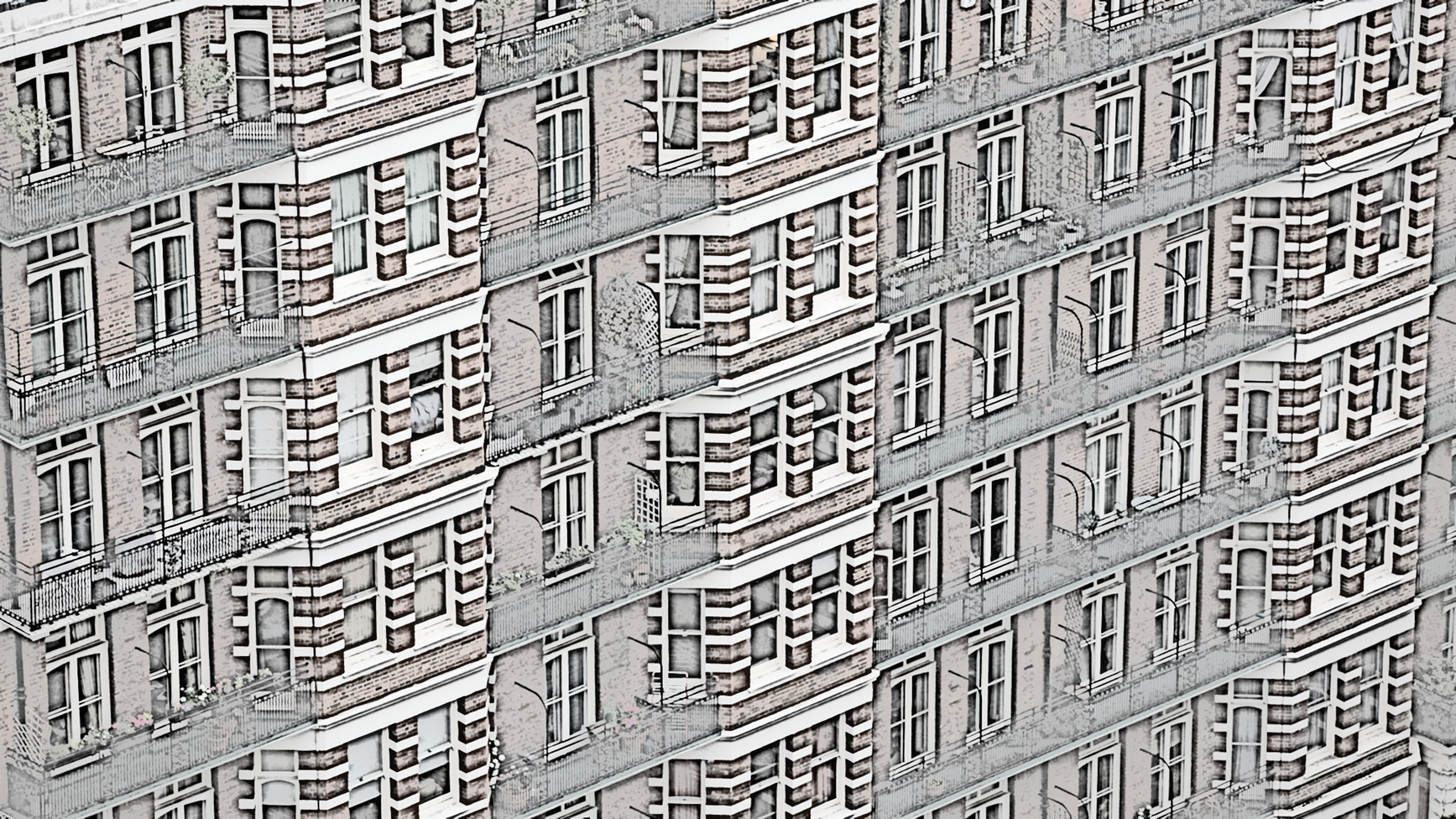
Do you ever really own a leasehold flat?
The real answer to this is “sort of”. A lease allows you rights over the property which in many ways are the equivalent of the rights and obligations that you would have if you owned the property. However, the major difference is that other parties also may have other rights and obligations.
All types of communal living – being part of a block of flats or an estate with shared areas, may have similar separations in right and responsibilities. And all the legal consequences can become complex, in summary these break down to:
- Control - what you are able to do to your property internally and externally (and similarly what your neighbours are able to do)
- Communal costs - How you are required to help to maintain communal area (and particularly the costs involved with this)
- Lease costs - the costs of extending your lease if this ever becomes necessary
The results can be both a positive and negative for your living standards. In a well-run block you are able to:
- Receive low cost and high quality communal services (for example gyms or staff) which help to improve the entire estate
- Rely on the behaviour of your neighbours as they are required to meet the terms of their lease
- Keep costs down as lease extensions are reasonable cheap if done prior to 80 years or so
However, in a poorly run block, the opposite can be true:
- Costs can spiral – both the costs of keeping your lease and paying for the communal services
- Your flat may be too tightly controlled – stopping you from making the most out of your home
- Rules may not be enforced – meaning that common areas of the building deteriorates
Below, we have set out some of the most common issues our customers have had with their leasehold flats, what to look out for with a new leasehold property and how to correct some of the problems that you may face with a leasehold property.
The most common issues that our customers experience with their leasehold properties
We have over a thousand buildings register with us every year, and through their communications with us we have been able to see the most common issues that leaseholders have with their building:
High Costs
60%
This is either after spikes in costs or after a slow gradual increase which means living in the buildings much more expensive than it once was
Generally these can be split into a number of subcategories:
- Absolute costs increasing on the day-to-day running
- Large one-off costs for renovation and building projects
Poor financial accountability – so it is not clear where the money is being spent
State of block
45%
Poor general maintenance is the second most common compliant. The reasons leading up to this are not always straight forward, however the common types of complaints are:
- Lifts not working
- Doors and entry systems broken
- Graffiti
- Poor cleanliness
Lack of control and response
30%
This is something that our customers report can change over time as the individual property manager who is responsible for managing their building changes. A slow response means that:
- Problems with the building are not found and fixed
- Jobs which require a managing agents assistance (e.g., issuing subletting licences, or creating new keys to the building) can take a long time to organise
- Small issues spiral in to large expenses when not addressed early – for example with water leaks
Major works proposed
9%
Leasholders that live in old apartment complexes – and particularly those that do not have a long experience with leasehold buildings can find that when large works programmes come around they are taken by surprise. Not only expensive, but these can also lead to a large amount of disruption to the building – for example:
- Fixing/replacing the roof
- Internal redecorations
- Boiler/plant replacement
- Lift replacement
- Compliance with new regulations (e.g., fire safety laws)
This can sometimes lead to years of additional costs and disruptions for a building.
Customers that do not already have an RTM or share of freehold agreement in place often complain that their building are used as cash cows for unscrupulous freeholders, who set ground rent and service charge fees artificially high in order to make profits. Of the 200 of pre RTM customers who have spoken to us, over half think that this as a problem.
In addition, another increasing issue for this type of building is short-letting or Airbnb style letting in their building
15% of customer who approached us experience this issue and given their current, none-RTM status, they are powerless to do much about this.
Our checklist of things to look out for when buying a new leasehold property:
The following is a quick guide to some of the things that you should look out for prior to buying a leasehold property.
| Is there an RTM/share of freehold arrangement in place? |

|
| Who are the directors and are they reasonable people (they will have a big effect on how the building is run)? |

|
| Who is the managing agent – were they appointed by the leaseholders or the freeholders? |

|
| Are there clear SLAs in the contract between the managing agent and building? |

|
| Are the yearly accounts up to date and circulated to all leaseholders? |

|
| Is there a reserve account in place for the building and is it clear what eventual costs this will be used to cover? |

|
| When were the major parts of building infrastructure last replaced/reviewed? E.g.: Roof, Lift, Boilers, etc |

|
| Are any parts of the lease not practically enforced (e.g., subletting licences, or in-flat alteration licenses?) |

|
If you would like to discuss this further, then please click here.
How to improve your exsiting leasehold property:
If you find yourself in the situation where you already own leasehold property and you need to improve the way your building is run, there are some steps for you take:
- Speak to your fellow leaseholders and neighbours and see if they share your frustrations
- Put together a RMC and write to the freeholder for official recognition and involvement in decisions
- Apply for a RTM so you can directly take over the management of the building
- Review your requirements – what your building needs in terms and services and investment
- Appoint a new managing agent
- Review your suppliers in order to ensure they meet your requirements
- Review progress of your managing agent against your requirements – at least on a quarterly basis
If you would like to discuss this further, then please click here.

